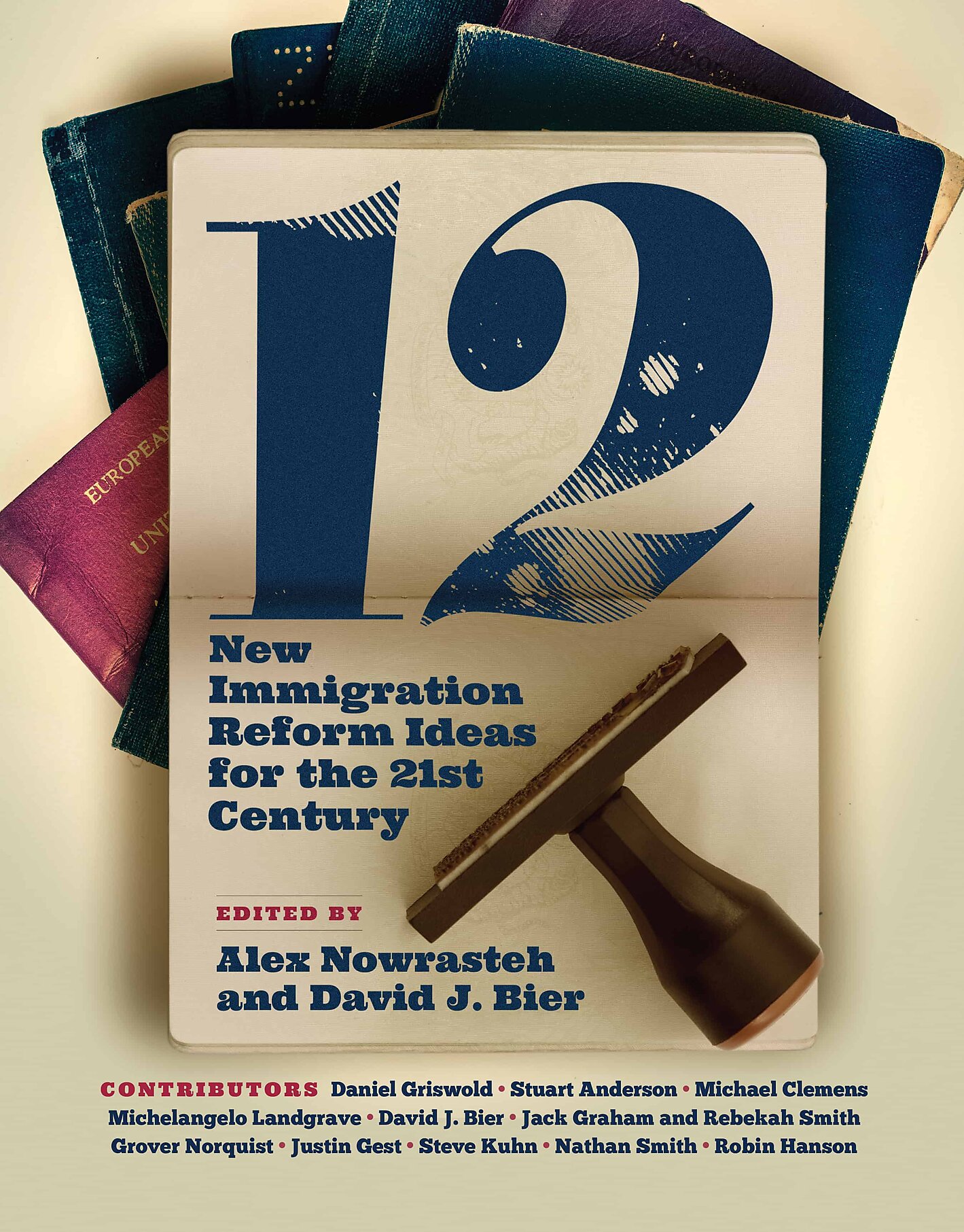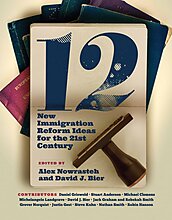Those failed immigration reforms all included three policies: legalize illegal immigrants currently living in the United States, increase border and interior enforcement of the immigration laws, and liberalize legal permanent immigration and temporary migration through an expanded guest worker visa program for lower-skilled workers. A domestic amnesty for illegal immigrants was supposed to clear the black market and allow those who have made a life here to settle permanently; extra enforcement was supposed to reduce the potential for illegal immigrants to come in the future; liberalized immigration was supposed to boost U.S. economic prosperity and drive future would-be illegal immigrants into the legal market.
In theory, this comprehensive approach was supposed to make future amnesties unnecessary by fixing the laws that encouraged illegal immigration in the first place. The bill Congress considered in 2013, the last attempt at comprehensive immigration reform, followed the same model, which is a major reason the bill failed. For instance, the guest worker provisions for lower-skilled workers were all clones and the result of negotiations between the same stakeholders.
Liberalizing legal immigration is the most important component of workable, long-term reform. The legal immigration system sets and regulates numbers, procedures, and the types of foreigners who can come to the United States from abroad to work, live, and in some cases eventually naturalize. Providing legal paths for more immigrants, either for temporary work or permanent citizenship, is the best way to secure the border and would help provide for the future prosperity of the United States. The government cannot regulate a black market of illegal immigrants, but it can regulate legal immigrants.
Expanding legal immigration is a worthy goal, but there are many ways to accomplish it. The mission of this collection of essays from policy analysts, economists, political scientists, journalists, and advocates from around the world is to provide new policy suggestions that future Congresses could use to liberalize the legal immigration system. We intentionally avoided seeking proposals from the usual stakeholders and included many original ideas that could increase legal immigration or improve the selection of legal immigrants. The essays fall into four broad categories based on how much they would transform the current legal immigration system. The first category includes proposed rule changes that would substantially improve the current system. In one essay, Daniel Griswold of the Mercatus Center proposes that Congress abolish the static numerical caps on certain visas and instead create a built-in numerical escalator that automatically grows the number of visas as employment grows. For example, the number of H‑1Bs issued would increase as employment in certain hightechnology sectors increases. Similarly, Stuart Anderson of the National Foundation for American Policy recommends addressing the extreme wait times that skilled immigrants currently face by guaranteeing them legal permanent residence within five years, essentially replacing numerical quotas with a specific wait time.
The second category of essays includes discussions of adding visa categories to the current system. Many of the ideas in this category are based on older visa programs that have been discontinued, visa programs in other countries, logical extensions to the current U.S. system, or admissions policies in other public institutions, such as military academies.
Michael Clemens of the Center for Global Development proposes a jointly regulated migration system with Mexico based on lessons learned from the past and best practices from other bilateral migration programs enacted around the world. Michelangelo Landgrave, a political science doctoral candidate at the University of California, Riverside, proposes a similar policy for Canada based on the principles of reciprocity in work authorization and limited access to welfare, of which, according to survey data, Americans and Canadians alike approve.
David Bier of the Cato Institute proposes state-based visas that would allow state governments to accept immigrants based on their diverse economic conditions. In a similar vein, coauthors Jack Graham and Rebekah Smith propose a system whereby local governments would work with private sponsors to bring immigrants into their communities. Both essays highlight the importance of engaging state governments to implement important reforms.
Grover Norquist of Americans for Tax Reform offers a proposal inspired by the acceptance policies of U.S. military academies. It would allow each member of Congress to sponsor 100 immigrants for legal permanent residence— similar to how they nominate recruits for U.S. military academies.
The third category includes proposed changes that would transform how the current U.S. immigration system works.
George Mason University professor Justin Gest envisions a major overhaul of the selection process for immigrants. Under his system, the government would collect much better data on various immigrant outcomes and track immigrants over time to see how they integrate. It would then assign points for immigrants with certain characteristics that the data show correlate with immigrant success.
Steve Kuhn of IDEAL Immigration proposes selling visas to employers, provided they’ve made job offers to foreign workers and paid the workers premiums that match the cost. Nathan Smith’s proposal would increase the number of immigrants admitted but charge them an extra 20 percent tax on their incomes so long as they reside and work in the United States.
The fourth category and the last two fundamental policy reform ideas come from Robin Hanson, associate professor of economics at George Mason University. His reforms would increase immigration, cause more Americans to profit directly from the immigration system, and provide a way to select immigrants that are more beneficial to the United States.
Hanson’s first essay is similar to Gest’s proposal but relies on a more decentralized decisionmaking process to select immigrants using prediction markets. Under this proposal, the public would place cash bets in an open market on which immigrants would succeed based on objectively measurable criteria such as net-fiscal impact. The immigration system would then select those priced the highest. In his second essay, Hanson suggests letting U.S. citizens sell or lease their citizenship to noncitizens abroad in exchange for leaving the country. This would monetize the value of American citizenship and create an asset held by every American.
These proposed reforms are just a few of the new and interesting ideas out there. Hopefully, some will be incorporated into future bills; others could spark new and more creative ways of how to change immigration laws. We don’t endorse every essay in this paper, but the stagnant state of the current debate shows the need for bold new ideas and out-of-the-box thinking that will better prepare us for the next immigration reform debate.


